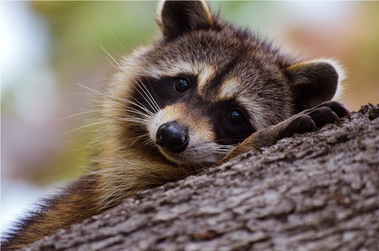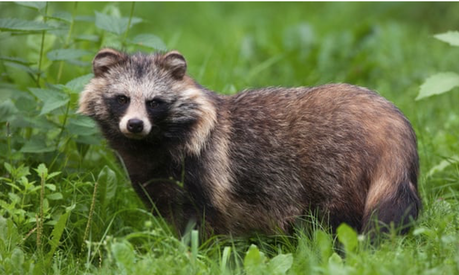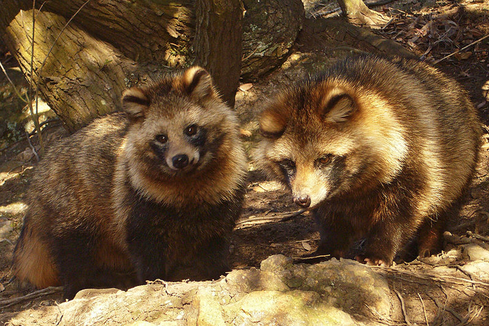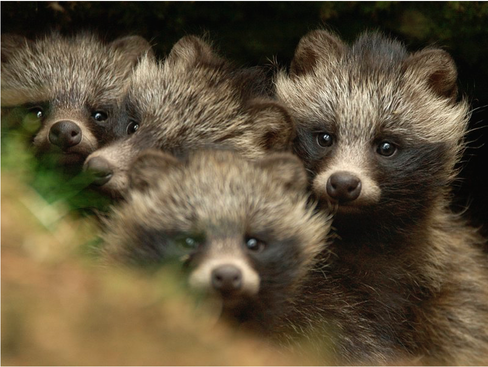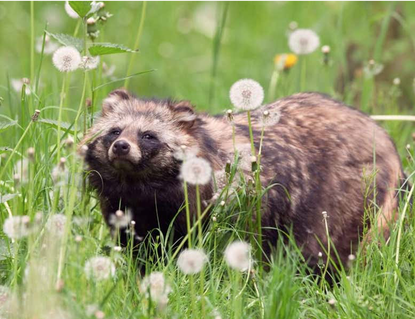 Image Source: Zoologer Image Source: Zoologer Every month, several alien species are introduced in new ecosystems where they threaten biodiversity. Non-native, exotic species, be it a giant Hippopotamus or an amphibian Cane Toad, can wreak havoc on the environment, ecology, and economy in their new homes. Alien species may alter habitats, predate on or compete with native fauna or be important vectors of diseases and parasites. The hardy, fast-growing creatures with few or no natural predators in the new home bully the native flora and fauna to the point of extinction. Several carnivore species like the American mink, raccoon, and raccoon dog were brought to Europe for their valuable fur or to become pets in the black market. Raccoon Dog Though the raccoon dog (Nyctereutes procyonoides) resembles North American raccoons, it is the closest relative of the Canidae family’s true foxes. The stumpy grayish-black raccoon dog, indigenous to East Asia, has established itself in sub-tropical regions of Northern and Eastern Europe. It is expanding its range further to the west and south. The ability to cover long distances also aid in its spread to new areas. It has rendered them remarkably adaptive to a wide range of habitats, climates, and food options. The omnivore Raccoon dog adapts its diet throughout the seasons. It feeds on rodents, amphibians, and carrion in cold months and feasts on/forage nesting birds and organic fruits and vegetables in summer. They can even consume the poisonous cane toads by diluting the bufotoxin through their saliva. Also, they can climb the trees for nuts and fruits using their sharp claws. Wolves and Red foxes are the main predators of the species. Eurasian badger competes for food with raccoon dog, and Eurasian lynx, being territorial, can also attack if it tries to enter its den. Difference Between the Raccoon Dog and the Raccoon Though both are morphologically similar, the raccoon dog and raccoon are entirely dissimilar. Raccoon dogs, also known as tanukis or Japanese raccoon dogs, hail from East Asia and belong to the Canidae family (the family of wolves and foxes). On the other hand, a raccoon is native to North America and belongs to, well, the raccoon family. They also have physical differences. The raccoon dog has an elongated torso and short tail. In contrast, a raccoon has a compact torso and a bushy tail. The average life of a raccoon is around three years in the wild compared to a raccoon dog that is well-adaptive to many habitats and lives for seven years. Another important difference is that the raccoon dog hibernates, whereas a raccoon doesn’t. Raccoon dogs start hibernation in November and wake up in March. During hibernation, the average body temperature decreases by 1.4–2.1 C. Sometimes, they wander around or change their den in midwinter if the weather is mild. Raccoon dogs gather large fat reserves in autumn and lose about 43% of their body mass during winter (Singer, 2009). Raccoon Dogs as PetsThe small, chubby creatures were homed as pets. However, they need large spaces and can be aggressive in cages. The Royal Society for the Prevention of Cruelty to Animals (RSPCA) strongly discourages keeping Raccoon dogs as pets to prevent their wild and aggressive nature. Plus, their glands secrete an extremely stinky smell for communication, which doesn’t make them good pets. The unruly behavior of raccoon dogs in small spaces lead to their abandonment or escape from captivity and expansion in the wild.
|
|
|
(833) CMS-LINE
(833) 267-5463 PO Box 13477 Mill Creek, Wa, 98082 © Conservation Made Simple. All rights reserved.
501(c)(3) Non-Profit, Tax ID#: 82-1646340 Copyright © 2021 Conservation Made Simple |

